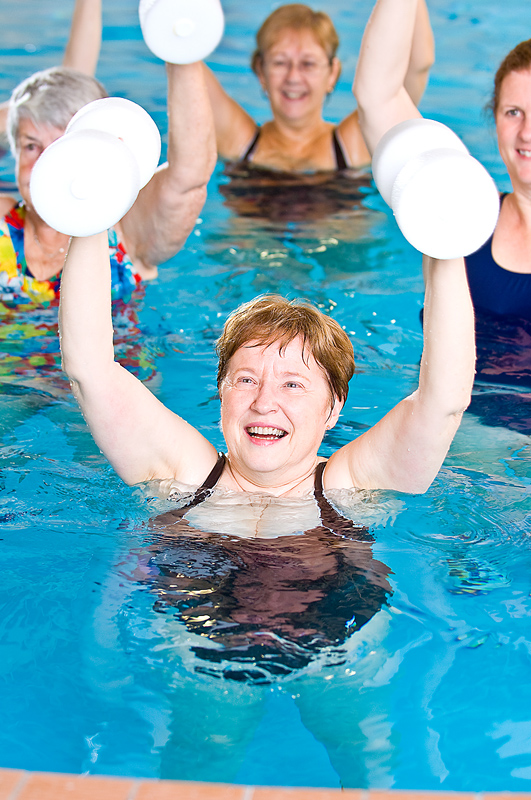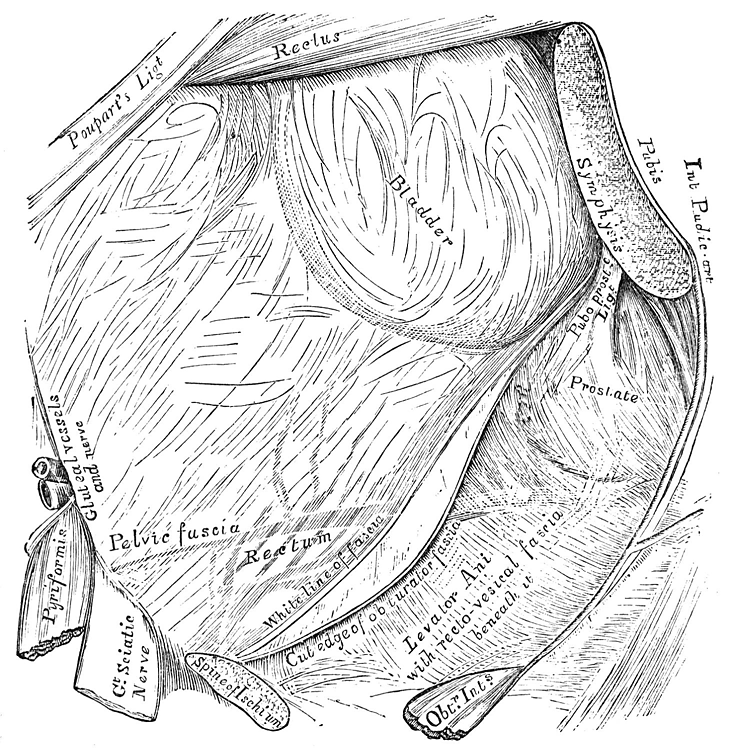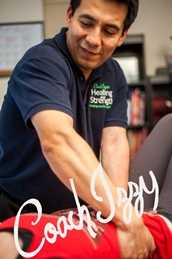(Watch Video First)
Exercise could enhance our healing, or it could hinder it. How do we determine which is which, then? In the previous installment, we discussed intention or goal, and how it’s primordial in the exercise program design.
But we also mentioned that, often, even well designed exercise programs flop. How is this possible? Were we not careful enough? How careful does one have to be? It’s not a matter of being more careful, but rather, of understanding that even a well-designed program may fall short in the factor we’ll discuss today: relevancy. Relevancy merges with intention to ultimately make an exercise an asset or a detriment to the healing process.

Relevancy overlaps with intention in many areas, but it’s also its own entity with factors of its own. Let’s analyze them as they apply to the shoulder case from our previous installment.
Segment Selection – Which must be congruent with the intention. We want to strengthen the shoulder, so for our exercise to be relevant, it must help us strengthen this joint. The overhead press fits the bill.
Specifics of the Motor Pattern – This is where we have to look at exercise from the physics standpoint. We started by referring to the exercise as an overhead press rather than a shoulder press. This acknowledges that not only are there more segments involved besides the shoulder, but there are also countless variations—or motor patterns—to bring a resistance overhead. Our task at this point is to figure out which of these motor patterns is more relevant. To do so, we have to analyze their mechanical force profiles.
Mechanical Force Profile – It is the mechanical force profile what tells us how the resistance will affect our target. Pressing a 10 pound dumbbell is a different experience from pressing 10 pounds in a machine, or a bungee that offers 10 pounds of resistance. Each is perceived differently by our bodies, which means that each has its own segment recruitment and sequencing. Will pressing a dumbbell, where the load—but not the resistance—remains constant, provide superior results compared to an aqua-aerobics foam dumbbell where the resistance is dictated by how fast it’s pressed out of the water? How do we determine which is more relevant to our goal?
Again, this is where looking at factors beyond muscles is essential. The exercise specialist must analyze moment arm and fulcrums to determine the level of resistance and what path the resistance should travel to accomplish our objectives without hindering the healing process. It is also at this point that the success of the exercise depends on more than muscles. We are talking about the deeper layers.

The Deeper Layers – What happens when the patient executes the intended motor pattern but fails? How do we evaluate? We’ve already done plenty of physics and musculoskeletal analyses to ensure the exercise is relevant. What did we miss? This is not as easy to answer since what we missed—despite its tremendous importance—is not acknowledged by the mainstream understanding of exercise.
We are talking about the deeper layers. Whenever we overlook them to focus on the weakened or inhibited muscles, we miss a substantial portion of the picture and could, unintentionally, compromise the healing process. The deeper layers are not the passive conglomerates of connective tissue that are presented to us, they’re one of the most sensitive and reactive structures of our bodies.
Trying to remedy a dysfunction without understanding the deeper layers only brings frustration, but trying to explain their magnitude in a few lines is a disservice. We’ll devote our full attention to them in this next and last segment of this series.
Until next time, may you enjoy a fit and pain-free life!

P.S.
Here are my closing remarks